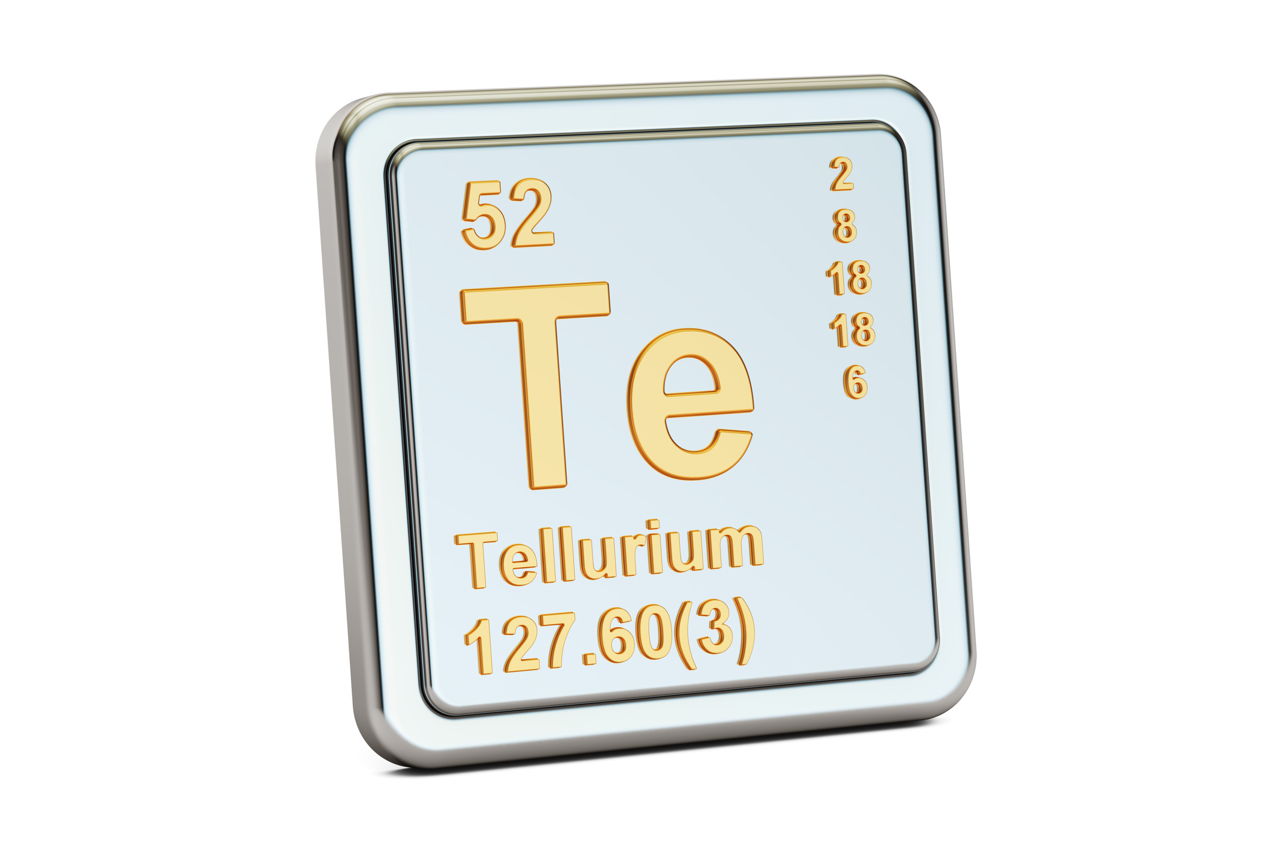
The FDA has been collecting data on contaminants and nutrients in foods for decades as part of its Total Diet Study. The workgroup is focusing on lead, arsenic, cadmium, and mercury in foods, cosmetics, and dietary supplements, because high levels of exposure to these are likely to have the most significant impact on public health.Įssential to prioritization is studying the large amount of data we have collected over the years.
#Ca element heavy metal how to#
The FDA monitors contaminant levels in foods, establishes regulations, and provides guidance to food manufacturers on how to meet their legal obligation to implement preventative controls as needed to significantly minimize or prevent chemical hazards in foods.

Learn more at: Closer to Zero and Advice About Eating Fish. These contaminants have been prioritized due to their potential to cause harm during times of active brain development-in the womb through early childhood.Arsenic, Lead, Mercury, and Cadmium, sometimes referred to as heavy metals or toxic elements, may occur naturally in the environment and are often at higher levels from past industrial uses and pollution.Food and Drug Administration (FDA) identifies actions the agency will take to reduce exposure to arsenic, lead, cadmium, and mercury from foods eaten by babies and young children-to as low as possible. All rights reserved.In Closer to Zero, the U.S. Published by Houghton Mifflin Harcourt Publishing Company. Copyright © 2014 by Houghton Mifflin Harcourt Publishing Company. The American Heritage® Student Science Dictionary, Second Edition. They include elements like iron, copper, tungsten, and silver. The elements that fall between these extremes are somewhat reactive and are called transition elements. The metals farther toward the right side of the Periodic Table, such as tin and lead, have more electrons in their outermost shell and are not as reactive because sharing or losing all these electrons would require more energy. Such elements are alkali metals like sodium and potassium, and they are listed in the left-hand column of the Periodic Table at Periodic Table. Elements having only one electron in their outermost shell are the most reactive all they have to do to become stable is lose this electron. But if the shell contains only a few electrons, the atom will try to share them with another atom in a chemical reaction, thereby becoming stable. If an element's outermost electron shell is filled, the element is stable and does not react easily.

Metal atoms do this because of the structure of their electron shells-the layers in which electrons are arranged around an atom's nucleus. But for chemists, a metal is a chemical element that loses electrons in a chemical reaction. Usage We think of metals as hard, shiny materials used to make things like paper clips and cars.


 0 kommentar(er)
0 kommentar(er)
